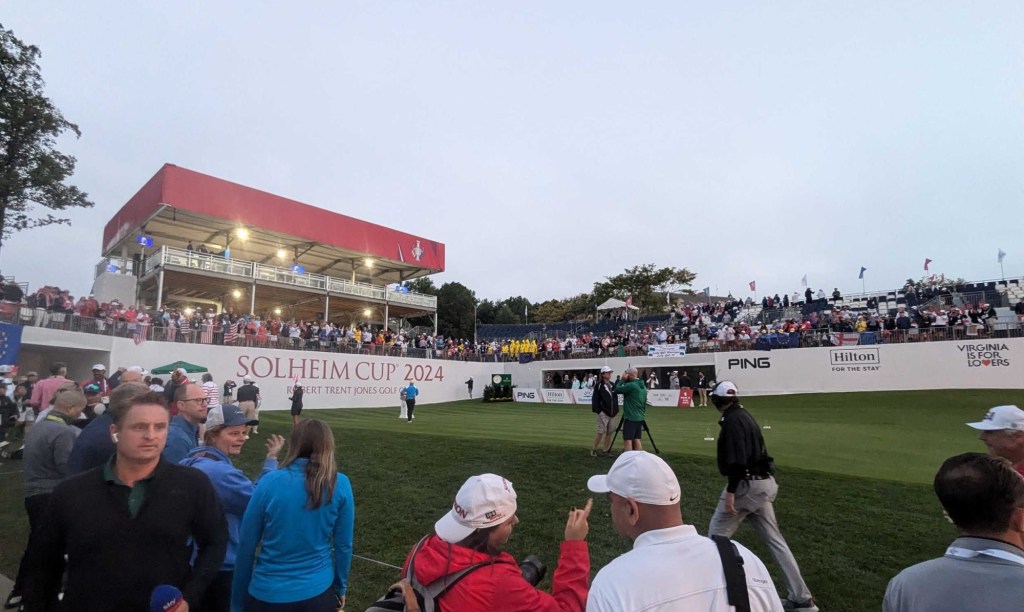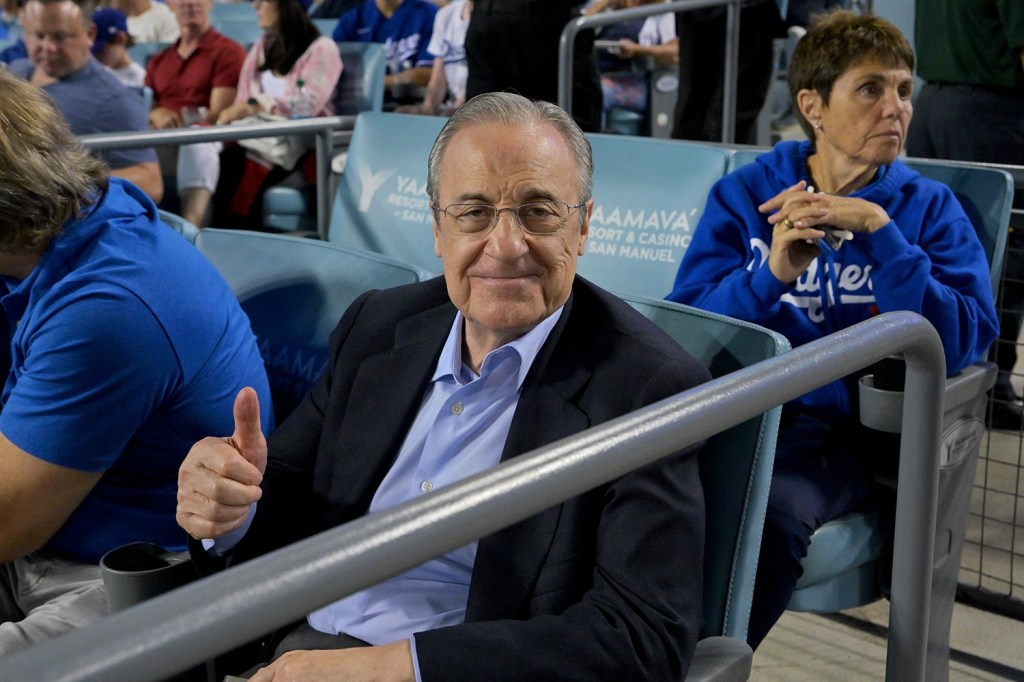As the pandemic put a full stop at people’s ability to play a wide variety of sports and activities, golf emerged as a favorable alternative.
Golf saw a surge in demand during the pandemic due to a variety of factors ranging from the inherently spread out nature of playing golf as well as an increased ability to buy golf equipment without spending on vacations or other activities.
“Golf is growing because it is a social distancing-kind of a sport,” said Tom Stine, partner at Golf Datatech, a golf industry focused market research company. “It is uniquely fit for that.”
September saw the biggest increase in rounds played during the pandemic year, up 26% since last year nationally, representing 12 million incremental rounds. That increase comes on the heels of a record setting summer. Rounds played in October grew only 8.7% year-to-date.
The spillover of golf’s summer surge saw the entire U.S. benefit from players — new and old — playing more rounds.
Every state in the continental U.S. saw rounds played increase at least 2% since last year, according to Golf Datatech. States like Minnesota saw a rise in rounds played due to favorable weather while the other states also saw a noticeable jump, according to the National Golf Foundation.
“As long as the weather is nice, people will continue to play,” said Stine.
The growth of golf was also fueled by the influx of new players joining the sport, especially children who have started to play golf while other youth sports were or still are paused.
The number of junior golfers, or those between the ages of 6-17, could increase up to 20% by the end of the year, according to the National Golf Foundation.
As a result, golf lessons have increased during 2020. With the surge from new players, golf courses that did not have that many people visiting them began to see an uptick, according to Stine.
Even though golf is having a blow out year, its continued rise will hinge on its ability to retain new players when the pandemic is over. “We believe that when finally there is a vaccine some of these [new] players will go back and continue playing and make time for it,” said Stine.
At the same time, the sport is also facing a supply chain dilemma.
As the demand for golfing equipment surged during the summer, golf retailers faced a different challenge. Factories that were making golf equipment in China were backed up as the initial lockdown measures hindered manufacturing.
U.S. golf equipment sales topped $1 billion for the third quarter of 2020 led by the strong sale of golf bags, wedges and irons, according to the National Golf Foundation.
But as the chances of a widely available vaccine grows, golf may not be able to sustain the pace of current growth, Stine said — but he does still expect it to have a positive effect on the sport.

















